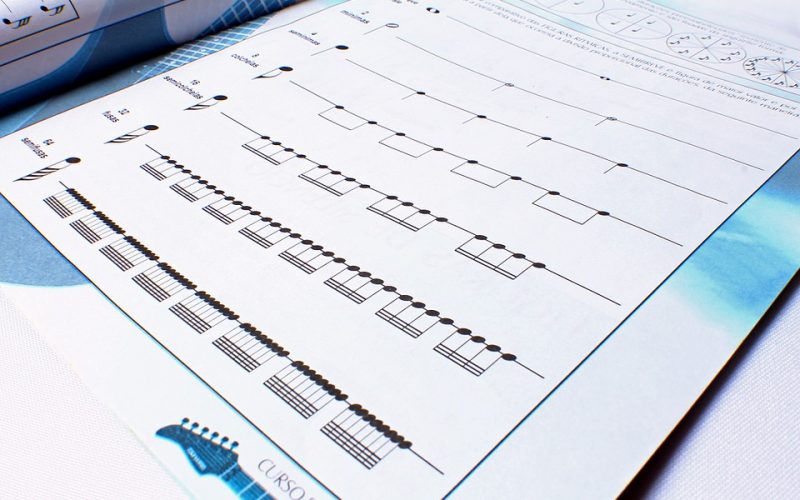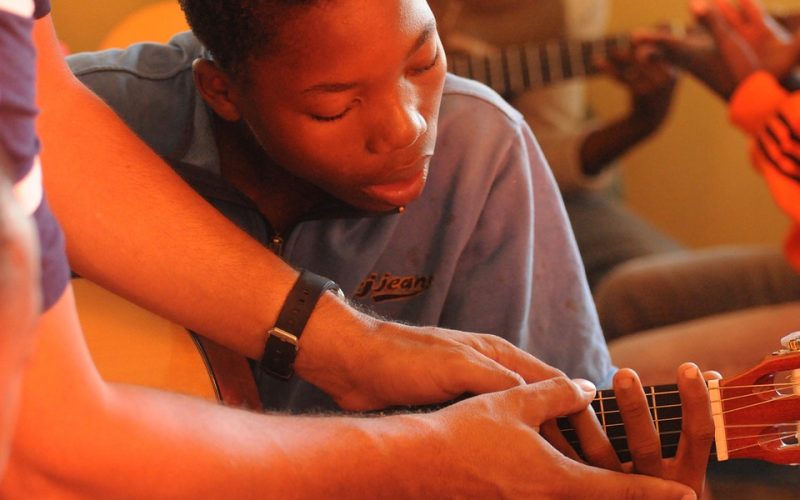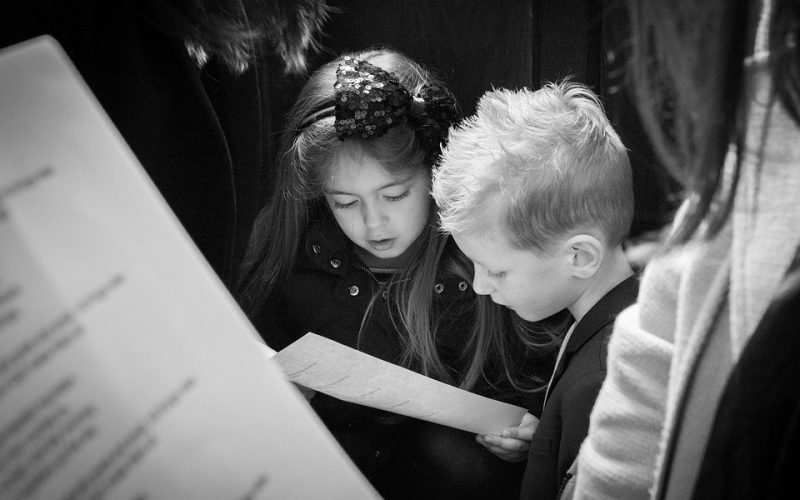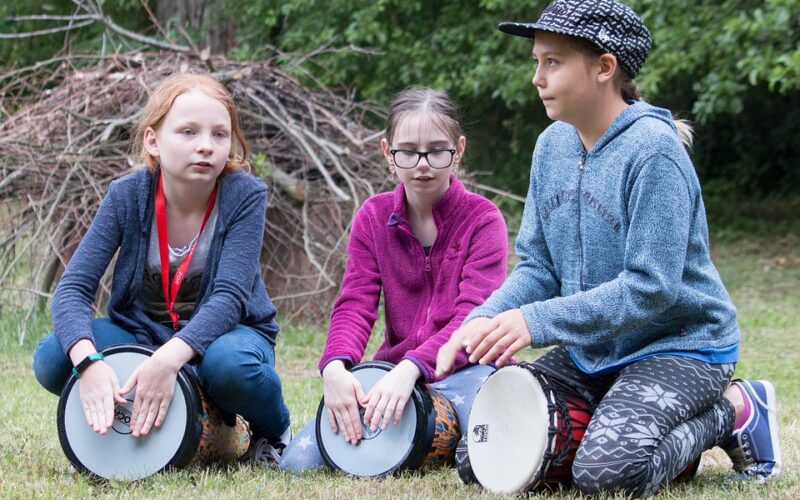Unlike the alphabet, music uses notes on a scale instead of lines of letters on a page. The skill of reading music is not an expected accomplishment for any student in the lower grades, yet the majority of them are familiar with songs, music, and even singing. They learn songs through their families as well as television programs, and many pre-school teaching programs on the media incorporate music to help children learn simple concepts.
While it is an easy way to help children learn other concepts such as the alphabet or numbers, learning how to read music has its own share of benefits. Students who are taught the basics get a firm grasp on how music is played or sung, and they have also learned the basis of playing a musical instrument. They might not be quite ready to pick up an instrument and play immediately, but they have learned the fundamentals that will help them learn quickly once they have mastered the physical technique of playing.
Music can be sung by those who sight read, so teaching young students the fundamentals of how musical notes are interpreted gives them the ability to learn songs without a teacher. Not all children will actually master this facet of music appreciation, but those who do will have the ability to move forward with their musical schooling. Just as words come together into sentences to explain concepts, musical notes on a scale are part of a larger piece that will make sense when the student goes through the entire song.
Learning how to read music is just the first step in a musical education, but it is comparable to learning the alphabet of any language. Students who have been given the opportunity to learn this basic facet of musical knowledge can expand their horizons in any direction they wish to take them.

















